There are numerous vehicles in this world that deserve the expression “You’d have to be mad to drive it.”
Take, for example, the 638-horsepower Corvette ZR1 or the 200-mile-per-hour (321-kilometer-per-hour) Suzuki Hayabusa GSX-1300R. If that isn’t enough, there’s also the three-wheel Campagna T-Rex, a tricycle that can outrun most sports cars.

What exactly is it? Four, two, or even three-wheeled vehicles aren’t extreme enough for you? What about a vehicle with only one wheel? Welcome to the fascinating world of the monowheel, a single-wheeled powered vehicle. In contrast to a unicycle, the driver of a monowheel sits inside, or occasionally next to, the wheel.
A monowheel resembles something out of a science fiction film, with the rider crouching within and exposed to the elements as the massive wheel revolves. It’s similar to a hamster wheel, except a little engine drives it. However, monowheels are genuine, and though they are mainly used for fun now, some individuals felt they might be practical modes of transportation during a brief period of time.
The concept may seem so far, but the underlying physics monowheels are valid, employing many of the same concepts that a bicycle or unicycle uses to remain in motion and upright. However, handling and braking are another matter.
In this article, we’ll explore monowheels in detail, including where they came from, how they operate, and who still makes them now. And who knows what else? After this, you might not find the Hayabusa as fascinating as it once was.
How does a monowheel work?
A monowheel differs from a unicycle in that the rider sits within the circle of the wheel rather than on top of or outside of it. A monowheel often has a circle-shaped frame with a moving track on the outside, which is generally composed of rubber. Consider the track to be a big tire that surrounds the monowheel; it propels the vehicle ahead.
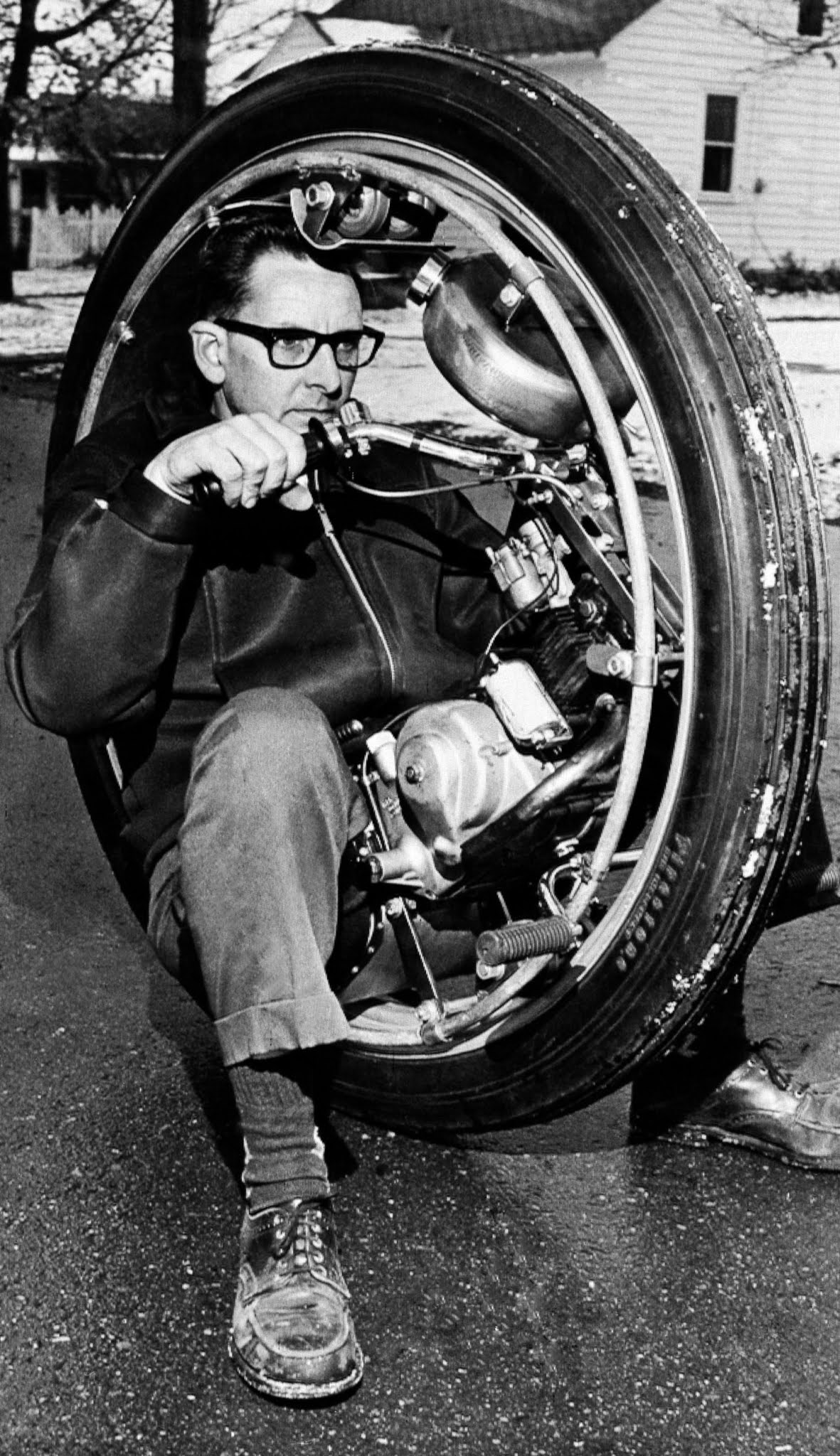
What makes it move? A monowheel functions similarly to a massive ball bearing. The driver and the engine hold the inner wheel while the engine propels the outside loop. It maintains its upright position using the same principles as a gyroscope. The vehicle will remain in motion as long as an external force provides motion – in this example, an engine (although other monowheels are pedal-powered).
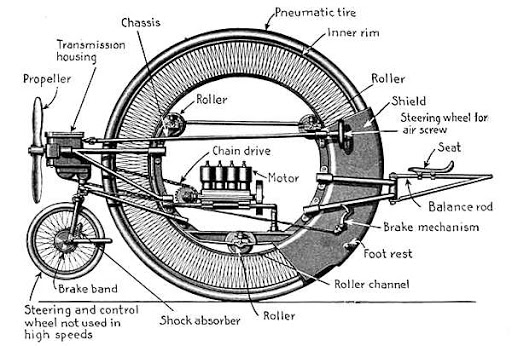
Of course, turning one of them is difficult as well. The lack of extra wheels and the slightly awkward posture of a monowheel make handling difficult. A rider will usually want to keep his or her feet near the ground to avoid the monowheel from tipping over fully. Furthermore, even if it has a strong engine, it is doubtful that all of the power can be utilized in this configuration. Its lack of stability when forward momentum is removed makes braking extremely difficult.
These (and a few more) characteristics prohibit a monowheel from becoming the future vehicle, as some previously predicted. You read it correctly: there were forecasts that one-wheeled vehicles would eventually replace cars and motorcycles on the road.
Next, we’ll take a look at some of the most fantastic monowheel designs throughout history.
When they started back in History?
Monowheels have existed in some shape or another since the nineteenth century. They started with a simple bicycle design. After all, if something works with two wheels, might it not also operate with one?
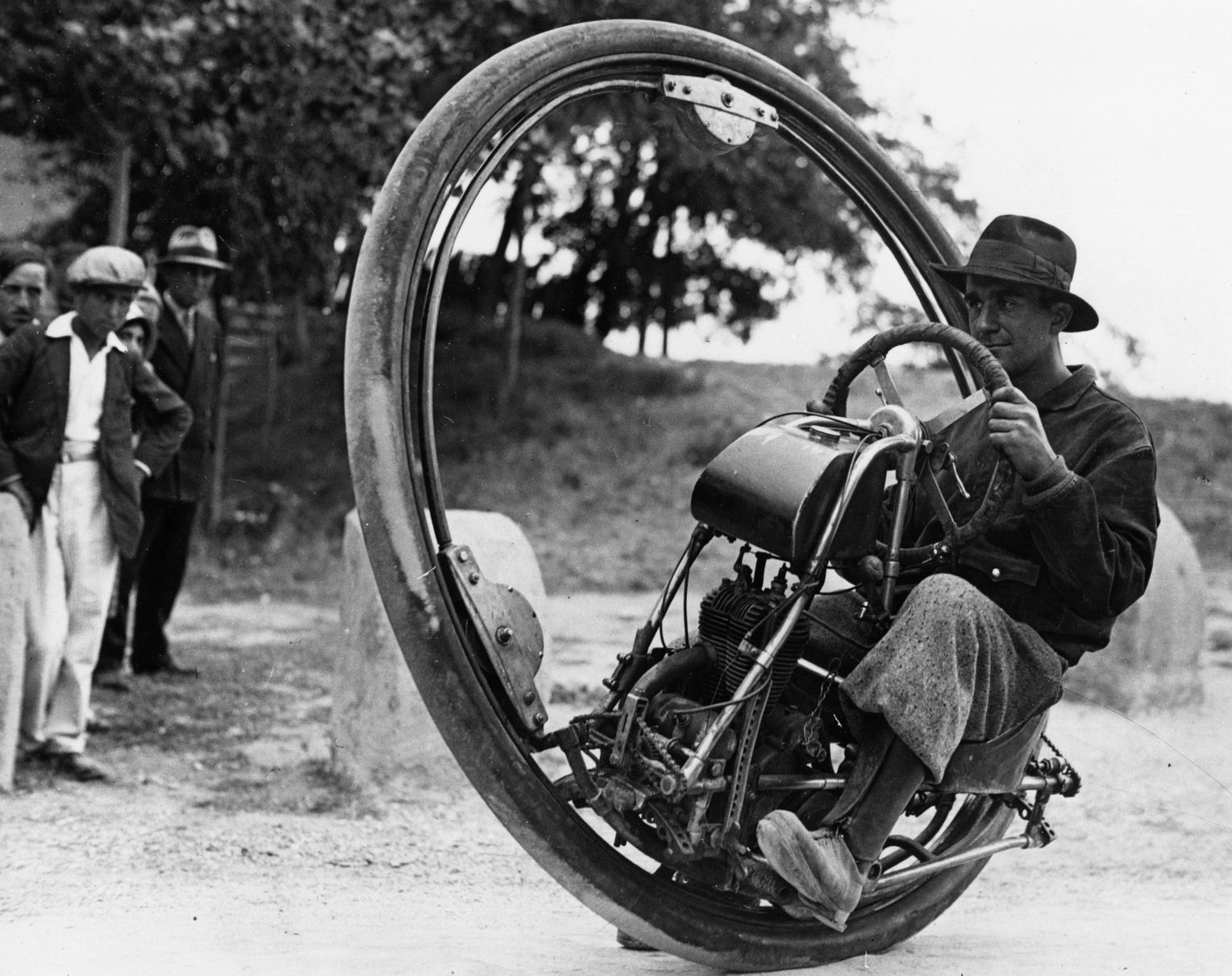
The first monowheel designs came in 1869. Several of them had a rider’s seat with pedals attached to a small wheel, which was then linked to the exterior wheel. The rider pedals the little wheel, which powers the giant wheel and causes motion. Even then, the monowheel was seen as a difficult mode of transportation, with one journal stating that it was “impracticable for ordinary humans.”
By the early twentieth century, inventors began experimenting with monowheels driven by real engines, such as a 150cc single-cylinder engine prototype from 1910, currently housed in Germany’s Auto & Technik Museum. Some designers have created monowheels with front-mounted airplane propellers to help with steering. None of these concepts were ever mass-produced.
In the 1930s, science publications began to feature concepts for car-like monowheels covered in metal and glass and capable of transporting many people. One report even depicted a monowheel tank with a machine gun.
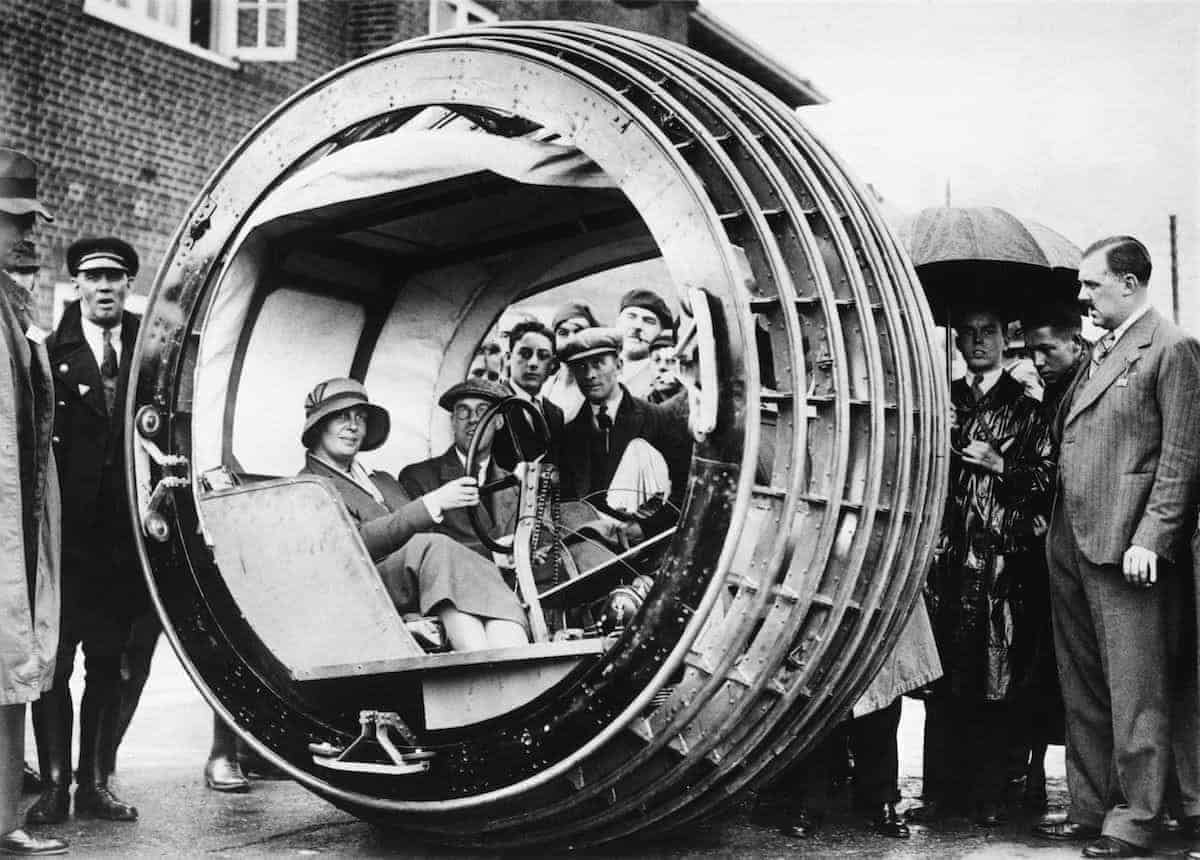
For the following few decades, designers would experiment with various monowheel designs – but maybe not with the same passion as in the late nineteenth and early twentieth century. By this point, the disadvantages of a monowheel had been well documented, and its feasibility as an everyday vehicle for regular people had been largely rejected.
But, as you know, specific concepts, no matter how ridiculous, never die. Following that, we’ll take a look at current monowheels as well as future possibilities.
Monowheels Future
Monowheels are still in use today, although they are no longer considered feasible substitutes for automobiles. Enthusiasts and amateur engineers construct many, and the majority are utilized for entertainment reasons.
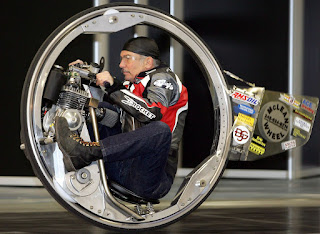
Kerry McLean designed a monowheel capable of more than 50 miles per hour and driven by a Buick V-8 engine (80.5 kilometers per hour). Surprisingly, his design is allowed to drive on public roads in all 50 states (but good luck explaining it to the police if you get pulled over for speeding.) McLean refers to his monowheel as the Rocket Roadster, and despite a terrible crash in one, McLean continues to create his one-of-a-kind vehicles to this day.
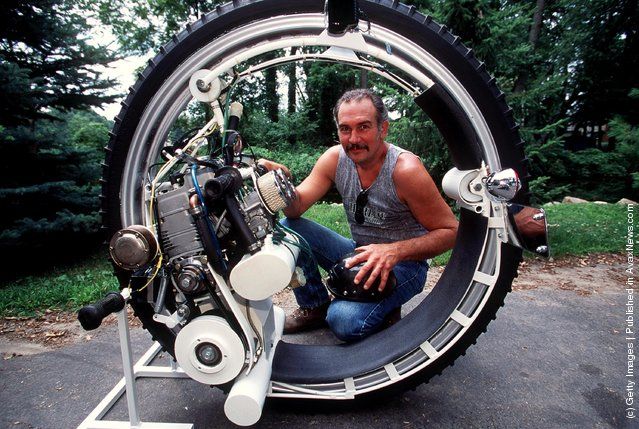
Jake Lyall designed the RIOT Wheel, which is another entertaining design. This vehicle has an engine within a massive tire while the driver sits on a seat outside the wheel, steering. When the RIOT Wheel is turned on, the seat remains upright and in the air. While building the monowheel for the Burning Man festival, Lyall is also working on additional single-wheel projects and hoping to break the land speed record.
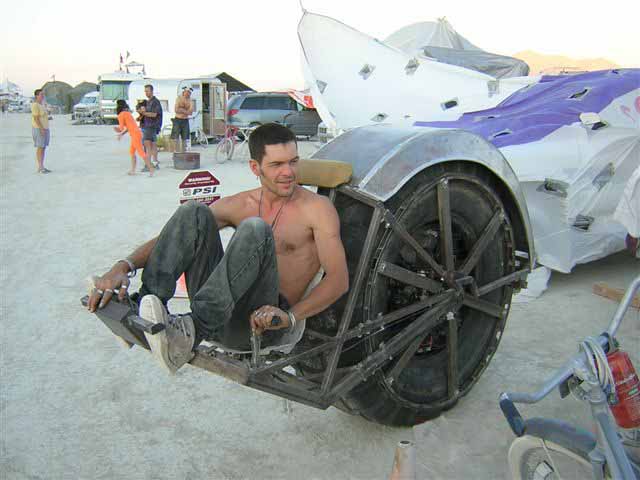
Despite its lengthy history, the first commercially available monowheel was sold in 2007. The Dutch-built Wheelsurf is propelled by a small 31cc Honda four-stroke motor and can reach speeds of up to 25 miles per hour (40.2 kilometers per hour). The Wheelsurf is incredibly light, and the driver steers it by shifting his or her weight from side to side. Unfortunately, the business claims that it is not street-legal in most countries, but it is a lot of fun for $7,000.
As you can see, designers continue to experiment with monowheel designs. Shaun Stevens, a designer, has even demonstrated his concept for an electrically propelled monowheel-motorcycle hybrid. The concept is known as the Audi AM. While the sleek one-wheeler is unlikely to enter production, it, like many other modern examples of monowheel design, demonstrates that ambitious designers and engineers haven’t given up on monowheels just yet.

No comments:
Post a Comment